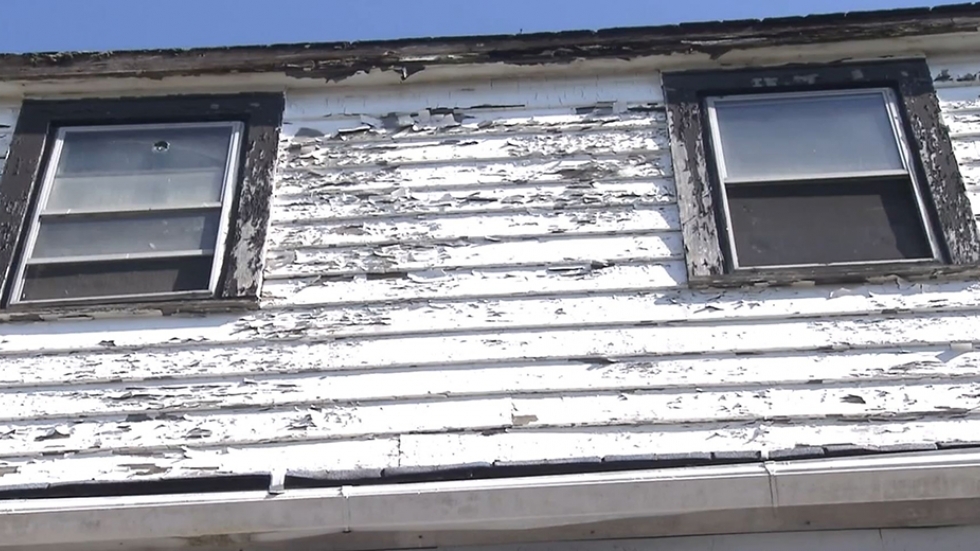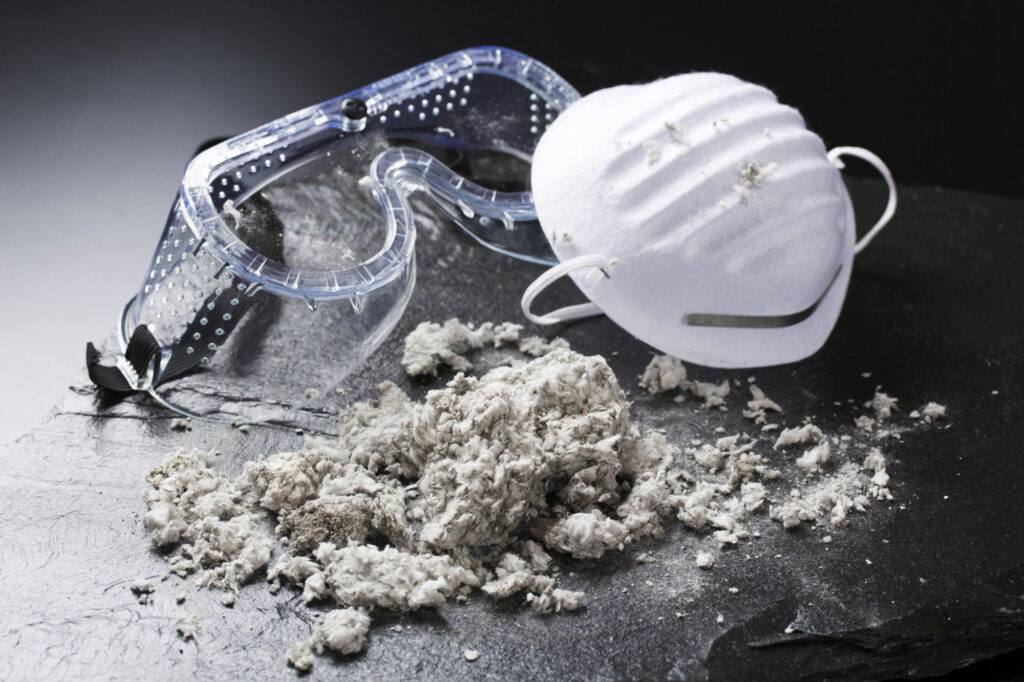MOLD | LEAD | ASBESTOS INSPECTIONS
Mold Inspections

What Is Mold?
Mold is a type of fungus that consists of small organisms found almost everywhere. They can be black, white, orange, green, or purple. In the Outdoors, molds play an important role in nature. Molds thrive on moisture and reproduce by means of tiny, lightweight spores that travel through the air. You’re exposed to mold every day.
In small amounts, mold spores are usually harmless, but when they land on a damp spot in your home, they can start to grow. When mold is growing on a surface, spores can be released into the air where they can be easily inhaled. If you’re sensitive to mold and inhale many spores, you could experience health problems.
In small amounts, mold spores are usually harmless, but when they land on a damp spot in your home, they can start to grow. When mold is growing on a surface, spores can be released into the air where they can be easily inhaled. If you’re sensitive to mold and inhale many spores, you could experience health problems.

Where is lead found in a home?
Lead is found in the air, soil, dust and paint inside or outside of some homes and other buildings built before 1978. Too much lead exposure can cause serious health problems, but fortunately, lead poisoning can be prevented. To be completely safe, you may want to consider treating any lead paint-covered surfaces, if you have children living in your home or visiting frequently. Lead-based paint is most dangerous when it is deteriorating—peeling, chipping, chalking, cracking, etc.

WHERE IS ASBESTOS FOUND IN A HOME?
Many homes older than 15 years (especially those built in the 1950s and 1960s) contain several asbestos products (such as vent ducts, vinyl floor and ceiling coverings) that were used because the substance strongly resists heat, fire and decay. Left undisturbed, the material poses no health threat.
Today, the use of asbestos in new vinyl materials has been largely phased out in the United States, but many homes and buildings constructed before 1980 still contain old asbestos vinyl flooring, wallpaper and ceiling coverings.
Asbestos popcorn ceilings were popular between 1945 and the 1990s. Asbestos was officially banned from ceiling coverings in 1973. However, previously manufactured asbestos-containing products may have been installed in homes into the 1990s.
What are the types of tests?
There are THREE primary types of tests we use. First, is the air sample where we collect air and trap spores into a laboratory approved micro cassette. The second is a surface sample which is conducted by capturing a sample directly from the affected area. A third form is removing a piece of the suspected area (such as drywall, articles of clothing, carpet etc.) and storing the sample in safe place until tested.
What is the testing process?
After sample collection, our independent and certified laboratory analyzes each sample. Typical turn-around time for the laboratory is 2-3 days. Once we receive the lab results, we issue your test report.
Our reports are simple, concise, and easy to understand. Once you receive the report, please study the report and feel free to contact us with any questions. In addition, we recommend that you consult with your physician about the impact of the species, regardless of levels, may have on indoor air quality and your health.
Which areas should be tested?
Generally, clients have a suspected area in mind for testing. But we may recommend further testing if our investigation suggests additional tests are warranted. However, it is entirely your decision if additional samples are helpful to you and needed.
How long does the test take?
A typical test takes up to 30-60 minutes. However, additional sample collection may take slightly more time. Each sample collection takes approx. 10-15 minutes.
When do I get the results?
Our standard turn-around time is 2-4 business days.
